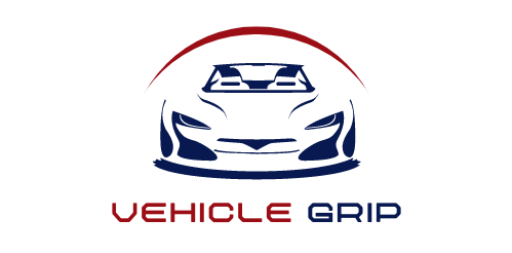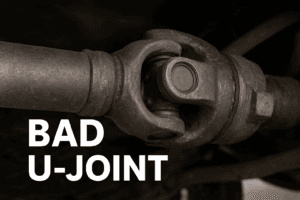In Canada, the average new car loan payment stands at approximately CAD 880 per month. A staggering 30% of buyers shell out over CAD 1,000 monthly (The Globe and Mail, 2024). This statistic highlights the growing debate between leasing and buying a car, where understanding financial and lifestyle implications is essential for making an informed decision. For instance, options like the Toyota Hilux for sale represent the advantages of ownership, appealing to those who seek reliability and versatility.
What You Need to Know:
- Leasing offers lower initial costs and monthly payments.
- Buying provides full ownership and customization freedom.
- Your choice should align with financial goals and driving habits.
Key Points
- Leasing is ideal for short-term use and access to new models.
- Buying grants complete ownership without mileage restrictions.
- Evaluate personal financial circumstances to make an informed choice.
What Does Leasing a Car Entail?
Leasing a car is like renting an apartment instead of buying a house. With leasing, you enjoy the benefits of lower upfront costs and manageable monthly payments while returning the vehicle at the end of the lease term. This option suits those who prefer driving new models and engaging in short-term commitments. Leasing has grown in popularity, with average monthly payments increasing by 26% over the last 15 years, slightly lagging behind the inflation rate of 28.5% during the same period (LeaseCosts Canada Inc., 2021).
Leasing Costs Over Time
Increase in Payments
Inflation Rate
What Does Buying a Car Entail?
Buying a car is like planting a tree that grows in value over time. When you purchase a vehicle, you gain complete ownership, allowing customization as you see fit without any mileage restrictions. The average monthly payment for a used vehicle is around CAD 618, while new car payments average CAD 880 (Auto Trader, 2024). For enthusiasts, classic options like the Ford Capri for sale offer timeless appeal and potential long-term value.
Buying Costs Overview
New Car Payment
Used Car Payment
Pros and Cons of Leasing vs. Buying
When considering leasing versus buying, it’s essential to weigh the pros and cons of each option. Leasing provides benefits such as lower upfront costs, access to the latest models and technology, and minimal maintenance concerns. However, it comes with drawbacks like mileage limits, lack of ownership equity, and potential early termination fees. On the flip side, buying offers full ownership, customization freedom, and investment potential, especially for classic models like the Porsche 944 for sale. Yet, it also entails higher upfront costs and risks of depreciation, alongside long-term maintenance responsibilities.
Leasing vs. Buying: Pros and Cons
Leasing Pros
Buying Pros
Leasing Cons
Buying Cons
Cost Comparison: Leasing vs. Buying
In the financial landscape of car ownership, the average price of new cars in Canada hovers around CAD 66,550, while used cars typically average CAD 35,754 (Auto Trader, 2024). Comparing monthly lease payments against car loan financing uncovers scenarios that highlight the cost-effectiveness of buying used vehicles like the Toyota Hilux for sale. Consumers should carefully evaluate their budgets and driving habits to determine which option serves them best.
When Should You Lease?
Leasing may be the right choice for individuals with predictable driving habits, typically allowing for 10,000 to 12,000 miles per year (Consumer Reports, 2024). It is particularly suited for those who desire a new car every few years, minimizing long-term commitments. The appeal of having a fresh vehicle without the responsibility of ownership can be enticing for many.
When Should You Buy?
Buying a car is often the best option for long-term users who plan to keep their vehicles for several years. With many consumers opting for seven-year loans (Forbes, 2023), the benefits of ownership become apparent, especially for those valuing classic cars like the Ford Capri for sale or Porsche 944 for sale. These vehicles provide no mileage penalties and the opportunity to build equity over time.
Conclusion
In summary, weighing the pros and cons of leasing and buying is essential to align with individual priorities and financial goals. Exploring options like the Toyota Hilux for sale for reliable needs or classic models like the Ford Capri for sale for investment potential can guide consumers toward their best choice. Assess your financial and lifestyle needs before making a decision and consider checking trusted listings for further insights.
FAQ Section
- What are the main benefits of leasing a car compared to buying? Leasing offers lower initial costs and access to newer models, while buying provides long-term ownership and customization options.
- How do I decide whether to lease or buy a vehicle? Consider your driving habits, budget, and whether you prefer short-term use or long-term ownership.
- What should I consider when calculating the total cost of leasing versus buying? Factor in monthly payments, maintenance costs, and potential depreciation.
- Are there any hidden fees associated with leasing a car? Yes, there may be fees for excess mileage, wear and tear, and early termination.
How does car depreciation impact the decision to lease or buy? Depreciation affects the purchase value of a vehicle, making leasing often more appealing for those who want to avoid long-term value loss.


